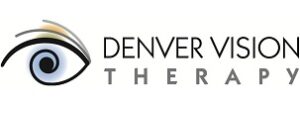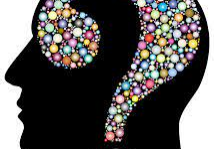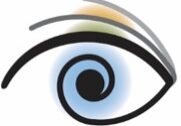March is Brain Injury Awareness Month
Patients are more likely than ever to seek treatment for their symptoms from traumatic brain injury (TBI) or acquired brain injury (ABI). As eye care professionals, we are in the perfect position to help improve their symptoms.
| Traumatic Brain Injury | Acquired Brain Injury |
| What is TBI? Concussion caused by force to the head or whiplash injury, causing diffuse axonal injury, brain contusion, or subdural hematoma. | What is ABI? Stroke, brain tumor/surgery, brain damage after infection (including post-COVID) or other forms of neurotoxicity. |
| 90% of patients have vision dysfunction after TBI.
(Cuiffreda et al., 2007) |
50-85% of patients have vision dysfunctions after ABI. (Ciuffreda et al., 2007; Greenwald et al., 2012; Rowe, 2016) |
| Vision problems in patients with ABI/TBI: convergence insufficiency (CI), accommodative insufficiency, oculomotor dysfunction, visual motion sensitivity, sensitivity to light, visual field deficits. CI is one of the most common visual dysfunctions seen after brain injury (50-60%). It can cause patients to be symptomatic at work or school due to the reduced ability to sustain clear and comfortable vision on near tasks. | |
Why do patients have an increase in vision problems after TBI/ABI?
More than 40% of the brain is required to direct and coordinate eye movements. Often, systems that are time-sensitive, like the vestibulo-ocular reflex (VOR) and peripheral motion processing, can experience delays, which leads to the patient’s brain functioning ‘out of sync’ with the world around them. This can cause symptoms of motion sensitivity, light sensitivity, screen intolerance, and difficulty with simple visual tasks.
Treatment Options for Patients with ABI/TBI Symptoms
- Tints – we have expanded our tint options and have a wide range to suit all types of patients. We test a wide variety
 of polytrauma tints ranging the color spectrum and density including FL-41 and various Brain Power Inc (BPI) tints.
of polytrauma tints ranging the color spectrum and density including FL-41 and various Brain Power Inc (BPI) tints. - Prism – many patients respond well to small amounts of prism, which can help make their vision much more comfortable to use.
- Binasal occlusion – when used appropriately on a patient’s glasses, this treatment decreases sensitivity to peripheral motion.
- Color overlays – We use Cerium Color Overlays to treat patients who have screen intolerance or light sensitivity, which helps to make reading easier.
- Color light therapy – reduces symptoms of ‘fight or flight’ and improves patients’ symptoms, including headaches and eyestrain. Improves tolerance of more challenging activities.
- Neuro-optometric rehabilitation therapy – building back vision skills and reintegrating with vestibular and motor systems is an important step back to full recovery.
Our Adult Vision Symptom Checklist is a great screener for patients with vision problems that result from ABI/TBI.



